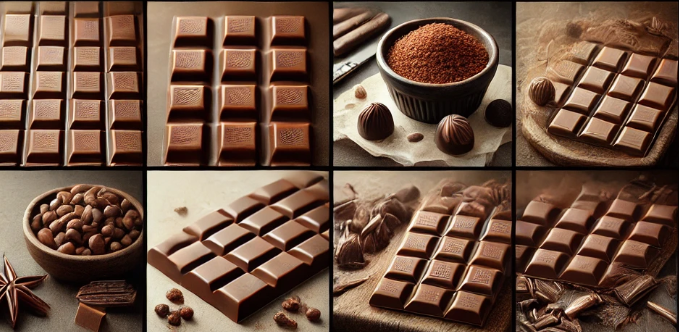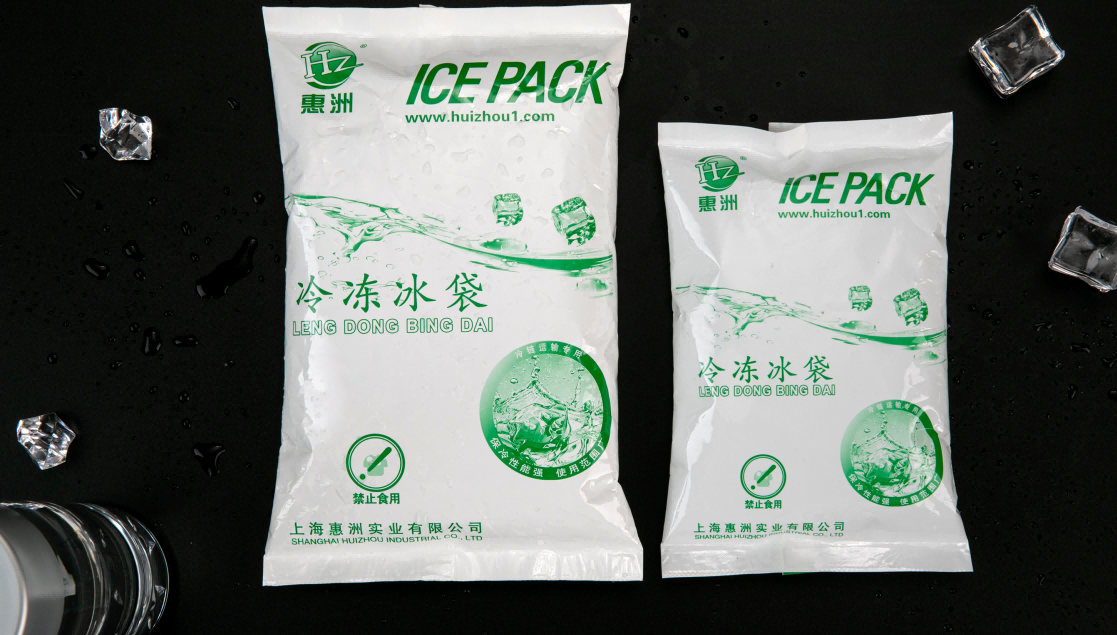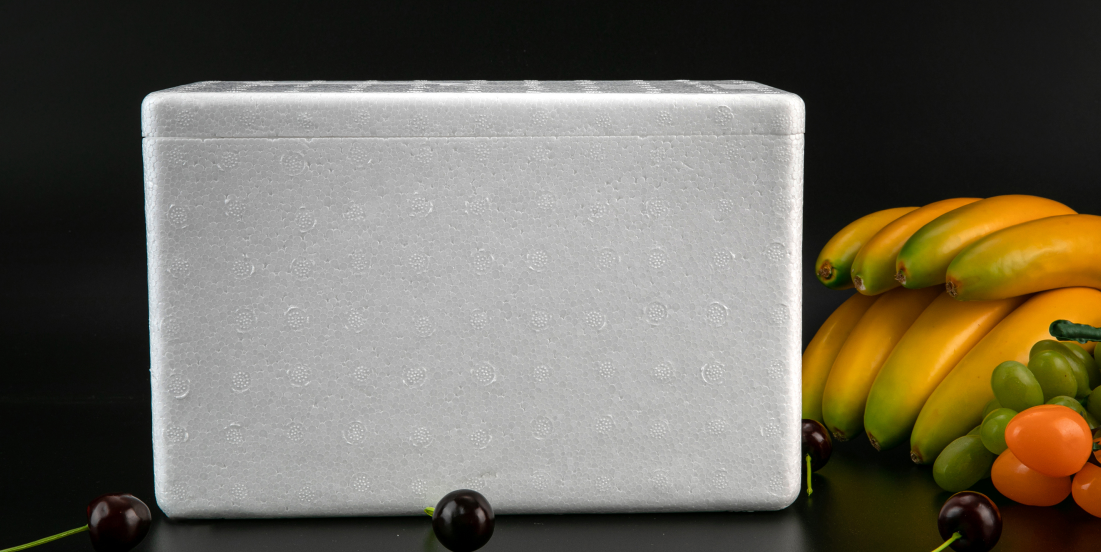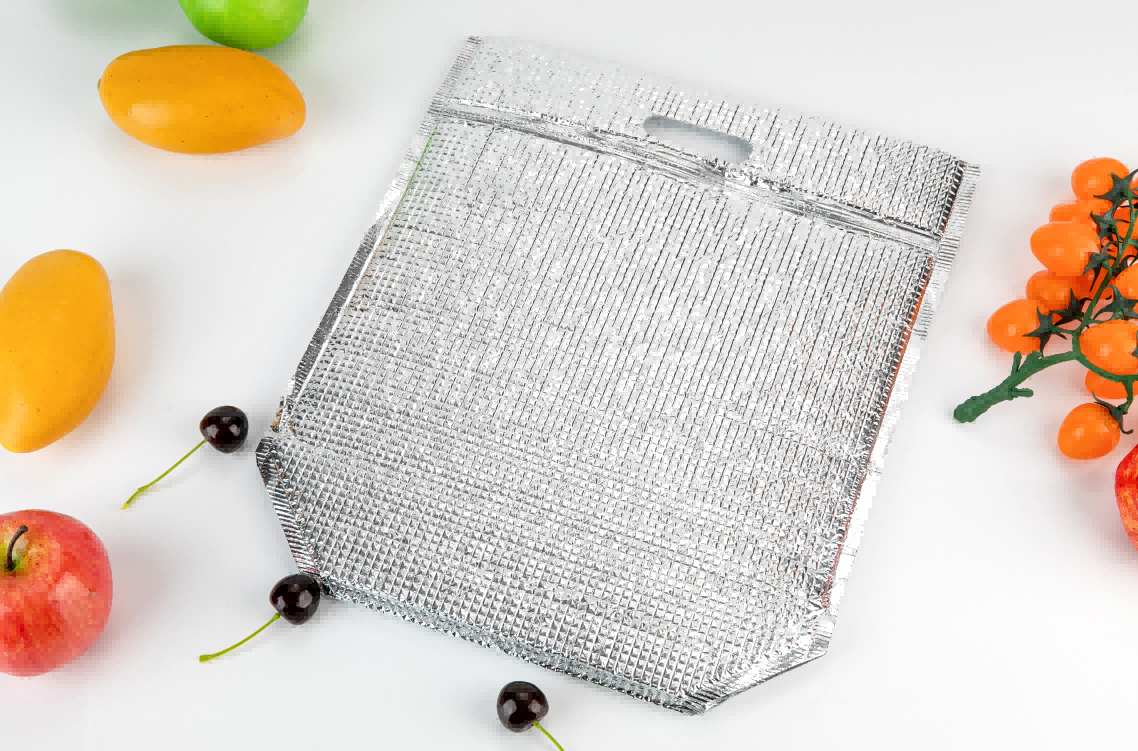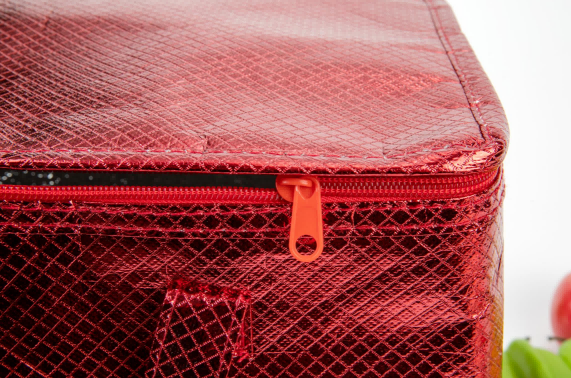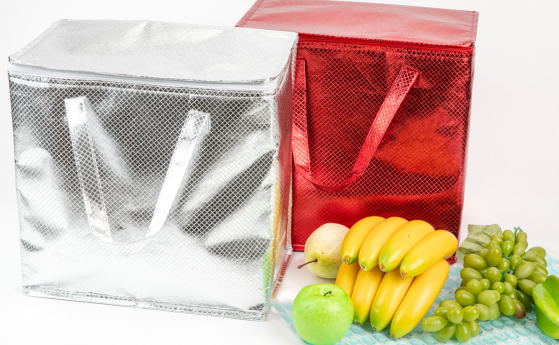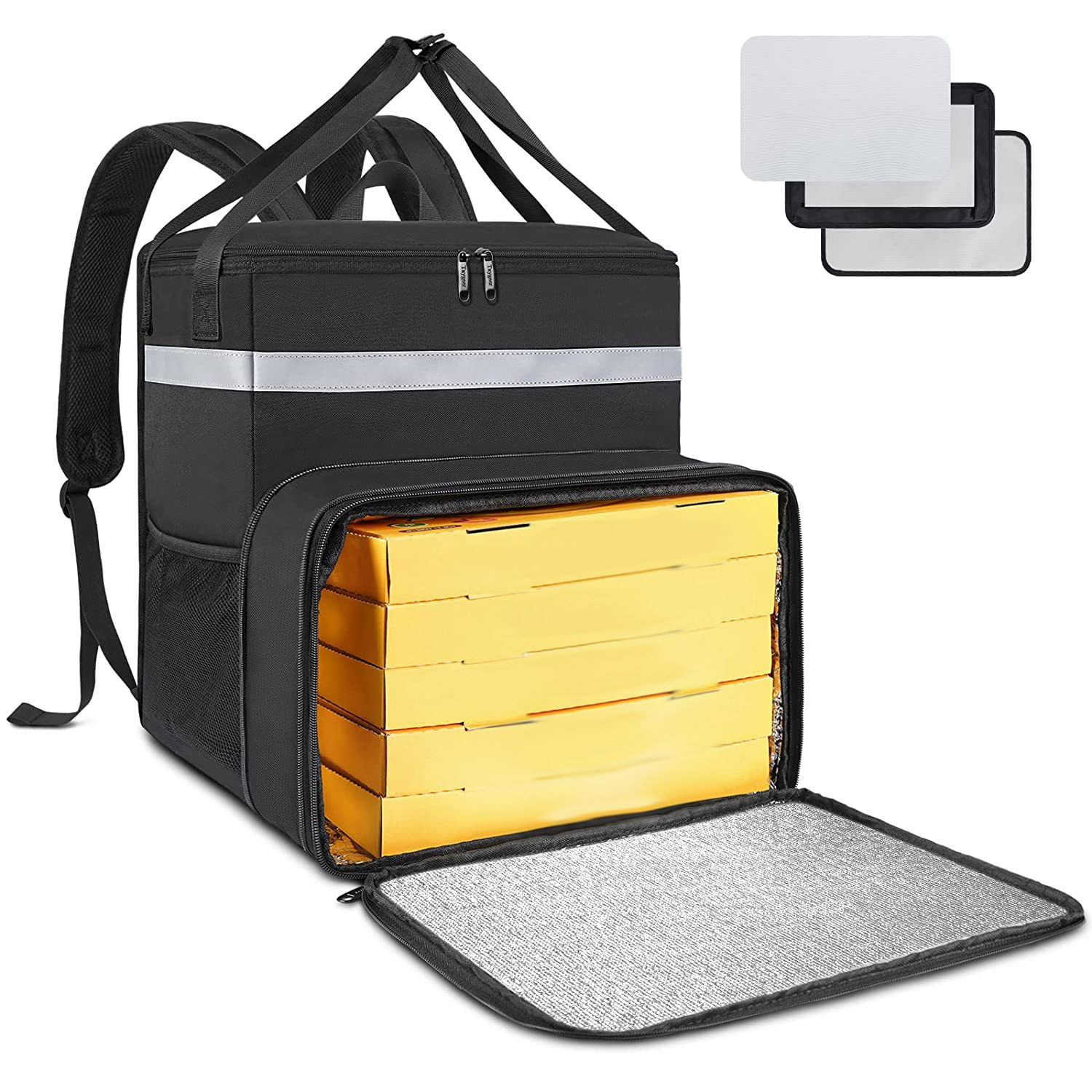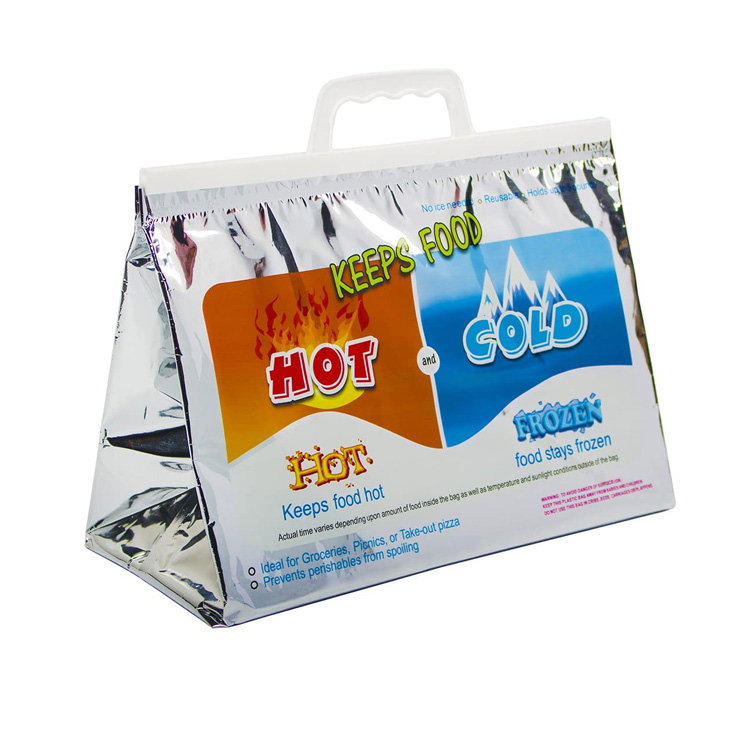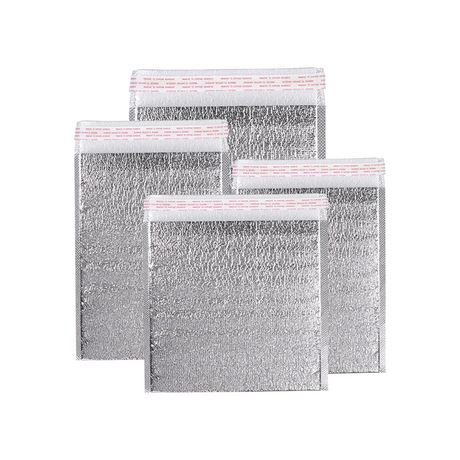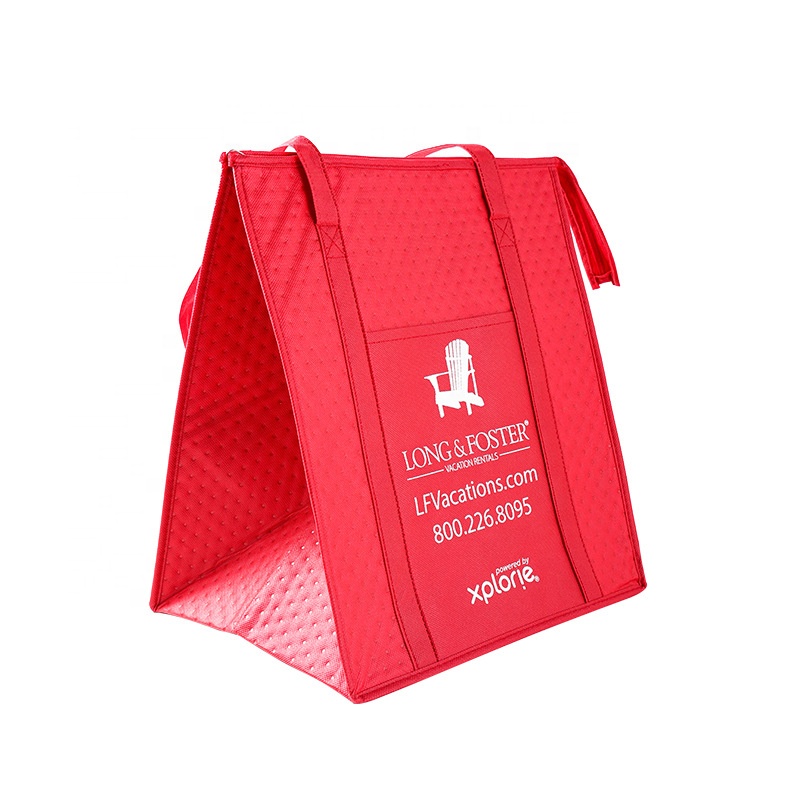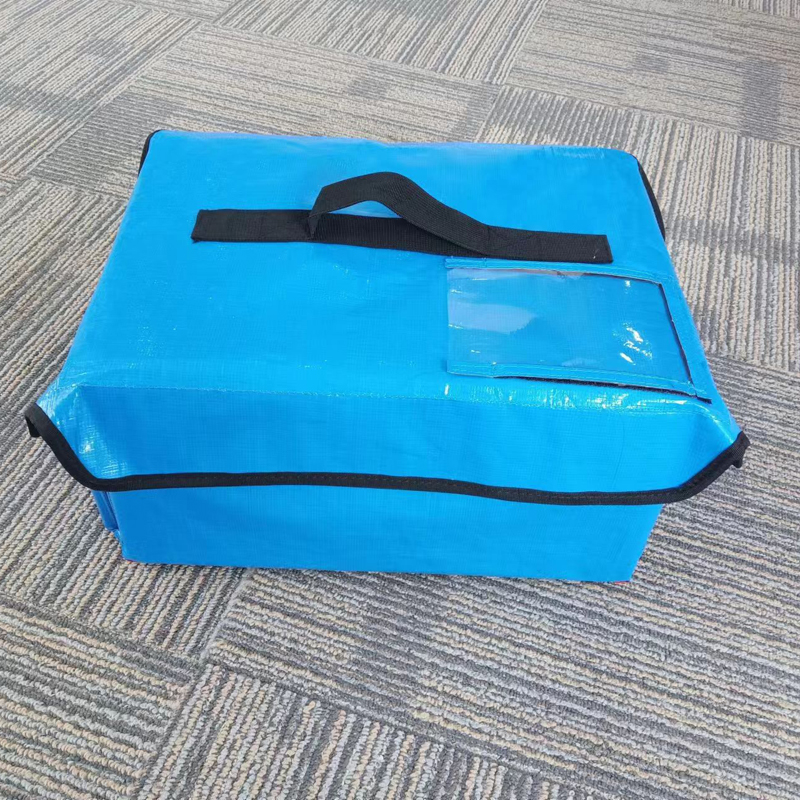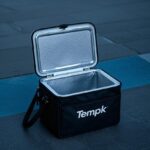1. Pre-cold chocolate bars
Before shipping the chocolate, you must ensure that the chocolate is pre-cooled to the right temperature. Place chocolate in a refrigerator or freezer between 10 and 15°C and refrigerate for at least 2-3 Std.. This helps chocolate maintain its shape and texture during transportation, avoiding melting problems caused by temperature fluctuations.
2. How to select the packaging materials
Choosing the right packaging material is the key to ensuring that the chocolate does not melt during transit. Erste, use an incubator with superior heat insulation performance, such as EPS, EP PP or VIP incubator. These materials can effectively isolate the external heat and maintain the internal low temperature environment. Zweite, consider using water injection ice packs, technology ice or gel ice packs to help with cooling. These ice packs can be evenly distributed within the package, providing constant low-temperature support.
When using ice packs, they should be evenly distributed around the chocolate to avoid excessive local temperature. Zusätzlich, you can also choose a Einweg -Isolationsbeutel with aluminum foil lining, to further enhance the heat insulation effect. Endlich, in order to prevent direct contact between chocolate and the ice pack, causing moisture or condensate to affect the quality of chocolate, it is recommended to use moisture-proof material or isolation film for isolation.
To sum up, the comprehensive use of incubators, ice packs and moisture-proof materials can effectively ensure that the chocolate does not melt during transportation and maintain its original quality and taste. Combine and adjust the packaging materials according to the actual transportation distance and time to ensure that the chocolate is still intact when it arrives at the destination.
3. How to wrap the chocolate pack
When packaging chocolate, pre-cool the chocolate and put it in a moisture-proof bag to make sure it is isolated from the ice pack. Select the right size incubator and distribute the Gel -Eisbag or technology ice evenly at the bottom and around the box. Place the chocolate in the middle and make sure there are enough ice packs around to keep it low. For further heat insulation, aluminum foil lining or isolation film can be used in the incubator to enhance the insulation effect. Endlich, make sure that the incubator is sealed tightly to avoid the leakage of cold air, and mark the box with “easy to melt items” outside the box to remind the logistics personnel to deal with it carefully. This packaging method effectively prevents the chocolate from melting in transit.
4. What can Huizhou do for you?
It is essential to transport chocolate, especially during warm seasons or long distances. Huizhou Industrial Cold Chain Technology Co., Ltd. provides a range of efficient cold chain transportation products to help you achieve this goal. Here are our professional solutions to prevent chocolate from melting in transit.
1. Huizhou products and their application scenarios
1.1 Types of refrigerant
–Water injection ice bag:
-Main application temperature: 0℃
-Anwendbares Szenario: Suitable for products that need to be kept around 0℃, but may not provide sufficient cooling effect for chocolate to avoid melting.
-Salt water ice bag:
-Main application temperature range: -30℃ bis 0 ℃
-Anwendbares Szenario: Suitable for chocolates that require lower temperatures to ensure that they do not melt during transportation.
-Gel Ice Bag:
-Main application temperature range: 0℃ to 15℃
-Anwendbares Szenario: For chocolate at slightly low temperatures to ensure that they maintain the appropriate temperature during transportation and do not melt.
-Organische Phasenwechselmaterialien:
-Main application temperature range: -20℃ to 20℃
-Anwendbares Szenario: Suitable for accurate temperature control transportation in different temperature ranges, such as maintaining room temperature or refrigerated chocolate.
-Eisbox -Eisbox:
-Main application temperature range: -30℃ bis 0 ℃
-Anwendbares Szenario: for short trips and chocolate to stay low.
1.2. Type of the incubator
-VIP insulation can:
-Merkmale: Use vacuum insulation plate technology to provide the best insulation effect.
-Anwendbares Szenario: Suitable for the transportation of high-value chocolates, ensuring stability at extreme temperatures.
-EPS insulation can:
-Merkmale: Polystyrene materials, low cost, suitable for general thermal insulation needs and short-distance transportation.
-Anwendbares Szenario: Suitable for chocolate transport requiring moderate insulation effect.
-EPP insulation can:
-Merkmale: high density foam material, provide good insulation performance and durability.
-Anwendbares Szenario: Suitable for chocolate transportation that requires long periods of insulation.
-PU insulation can:
-Merkmale: polyurethane material, excellent thermal insulation effect, suitable for long-distance transportation and high requirements of thermal insulation environment.
-Anwendbares Szenario: suitable for long distance and high value chocolate transportation.
1.3 Types of Thermalisolationsbeutel
-Oxford -Stoffisolationsbeutel:
-Merkmale: light and durable, suitable for short-distance transportation.
-Anwendbares Szenario: suitable for small batches of chocolate transportation, leicht zu tragen.
-Non-woven fabric insulation bag:
-Merkmale: environmentally friendly materials, good air permeability.
-Anwendbares Szenario: suitable for short distance transportation for general insulation requirements.
–Aluminiumfolie -Isolationsbeutel:
-Merkmale: reflected heat, good thermal insulation effect.
-Anwendbares Szenario: Suitable for medium and short distance transportation and the need for thermal insulation and moisturizing chocolate.
2. Recommended program according to the chocolate transportation requirements
2.1 Long Distance Chocolate Shipping
-Empfohlene Lösung: Use a saline ice pack or ice box ice with a VIP incubator to ensure that the temperature remains at 0℃ to 5℃ to maintain the texture and texture of the chocolate.
2.2 Short Distance Chocolate Shipping
-Empfohlene Lösung: Use gel ice packs with a PU incubator or EPS incubator to ensure a temperature of between 0℃ and 15℃ to prevent chocolate from melting during transportation.
2.3 Midway chocolate shipping
-Empfohlene Lösung: Use organic phase change materials with an EPP incubator to ensure that the temperature is within the right range and maintain the freshness and quality of chocolate.
By using Huizhou’s refrigerant and insulation products, you can ensure that the chocolate maintains the best temperature and quality during transportation. We are committed to providing our customers with the most professional and efficient cold chain transportation solutions to meet the transportation needs of different types of chocolate.
5. Temperaturüberwachungsservice
Wenn Sie die Temperaturinformationen Ihres Produkts während des Transports in Echtzeit erhalten möchten, Huizhou bietet Ihnen einen professionellen Temperaturüberwachungsdienst zur Verfügung, Dies führt jedoch zu den entsprechenden Kosten.
6. Unser Engagement für nachhaltige Entwicklung
1. Umweltfreundliche Materialien
Unser Unternehmen verpflichtet sich der Nachhaltigkeit und nutzt umweltfreundliche Materialien in Verpackungslösungen:
-Recycelbare Isolationsbehälter: Unsere EPS- und EPP -Behälter bestehen aus recycelbaren Materialien, um die Umweltauswirkungen zu verringern.
-Biologisch abbaubares Kältemittel und thermisches Medium: Wir bieten biologisch abbaubare Gel -Eisbeutel und Phasenwechselmaterialien, sicher und umweltfreundlich, Abfall reduzieren.
2. Wiederverwendbare Lösungen
Wir fördern die Verwendung wiederverwendbarer Verpackungslösungen, um Abfall zu senken und Kosten zu senken:
-Wiederverwendbare Isolationsbehälter: Unsere EPP- und VIP -Container sind für mehrere Verwendung ausgelegt, Bereitstellung von langfristigen Kosteneinsparungen und Umweltvorteilen.
-Wiederverwendbares Kältemittel: Unsere Gel -Eisbeutel und Phasenänderungsmaterialien können mehrmals verwendet werden, Reduzierung der Notwendigkeit von Einwegmaterialien.
3. Nachhaltige Praxis
Wir halten uns an nachhaltige Praktiken in unseren Operationen ein:
-Energieeffizienz: Wir implementieren Energieeffizienzpraktiken während der Herstellungsprozesse, um den CO2 -Fußabdruck zu verringern.
-Abfall reduzieren: Wir bemühen uns, Abfall durch effiziente Produktionsprozesse und Recyclingprogramme zu minimieren.
-Grüne Initiative: Wir sind aktiv an grünen Initiativen beteiligt und unterstützen Umweltschutzbemühungen.








